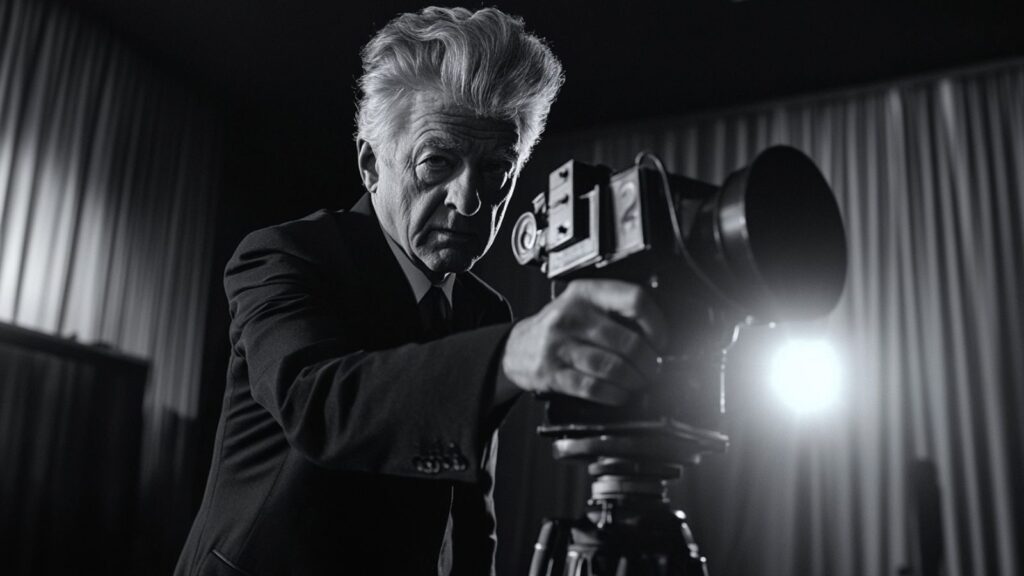Most days I can’t figure out if I’m a whore for language or if she’s my whore. This is one writer’s dilemma that other writers may share. The matter is complicated by the fact that I am of a mystical temperament, but sadly without musical talent. Lacking the ability to express myself in a sublime non-verbal medium such as music, I am stuck with verbal expression in written form and often fuck it up – or do I get fucked by that capricious harlot, Language? Either way, I am a star-crossed lover.
Language is my Muse, the lovely wench I pleasure with my tongue when I speak, or when I write, rolling words on the roof of my mind and spewing them off my fingertips, as if inscribing a soft code of braille all over her body.
In addition to whoring after words, I also suffer from a serious case of what Castaneda called “the sorcerer’s disease”: the compulsion to explain the inexplicable. Take the zodiac, for instance. I have been trying to explain what it is for more years than I care to calculate. This might not seem like much of a challenge, since the word zodiac is universal, one of the most widely recognized terms in the world, embedded in hundreds of languages. The word is familiar from Japan to Lapland, from Toledo to Tahiti, so people generally assume they know what it means. “Zodiac? It’s what the astrologers use. Your birth sign is in the zodiac. It’s a pattern in the stars.” These three statements are correct, correct, and incorrect. The zodiac is not a pattern in the stars, or a pattern of stars. At least not the zodiac known to the world at large, the one the vast majority of astrologers use.
Oddly, there is a starless zodiac. But there is also a zodiac formed of patterns of stars. The difference between the two zodiacs is virtually unknown, even to most astrologers, many of whom could not care less about the starry patterns in the night sky.
The illustration accompanying this essay is of the real-sky zodiac, the band of astronomical constellations, showing the star pattern of Taurus, not to be confused with the astrological sign of that name.
Forced to rely on words (first handicap) to explain the inexplicable (second handicap), I often resort to etymological excursions. Going back to word origins can be a kick even if you don’t have a sultry accent and luscious knockers like Marina (of hotforwords on YouTube). So back to word origins I go: zodiakos kyklos is the Greek basis for zodiac. “Circle of animals,” as most scholars render it. Well, someone’s not paying attention here. Take an inventory of the zodiac, and what do you find? Three animals: a sheep (Aries), a bull (Taurus), and a lion (Leo). That’s all. The rest? A set of twins (Gemini) who may be human or divine, a crustacean (Cancer), a celestial deity in female form (Virgo), a balance or pair of scales (Libra) which is a human-made artifact, an arachnid (Scorpio), a human-horse hybrid (Sagittarius), a chimerical goat-fish hybrid (Capricorn), a wizard-like figure dispensing water from a pot (Aquarius), and a couple of fishes (Pisces) swimming at right angles to each other, attached by a string. That’s some circle of animals.
Here’s where the harlot starts to show me her more lascivious moves. Not satisfied by driving me to probe word origins, she dares me to reinvent, to re-language, the presumed primordial meaning. Inspired by her immodest poses – fucking delirious, actually – I translate zodiakos kyklos, not “circle of animals,” but “cycle of animations.” The zodiacal images in the sky are not dot-to-dot silhouettes of animals, they are vast animations like an immense LCD panel lit by far-scattered stars. But wait. These monumental patterns in the sky are not the zodiacal signs I have just enumerated: Aries, Taurus, Gemini, etc. The Muse has fucked me over again. Having enticed me to re-language a primordial theme, she rolls over and sits on my face, inviting me to use my tongue to lick out a few choice words on the explicable: Okay, John, tell us how the twelve universally known astrological signs are not patterns in the visible, real-sky zodiac.
Big surprise? Well, I did say there are two zodiacs, one starless and the other composed of star patterns. Now the lovely whore of language displays a new angle on her anatomy, and invokes a new word: constellation – which is to be distinguished from sign. The visible star patterns called constellations are ignored by astrologers, even those who call themselves siderealists (including the Hindu or Vedic schools, called Jyotish) and claim to use the vast star-lit animations in the sky. Sidereal astrology is a fudge that does not observe the form and extent of the visible constellations.
The distinction between tropical and sidereal astrology is insider’s intel, but many astrologers are not hip to it. Grappling with this two-format problem for years (during which I used both signs and constellations in parallel) has made me a star-crossed lover bent on framing a huge semantic dilemma in plain language. A tall order! The language wench has me in a clench between her thighs, forcing out a new definition of astrology, usually translated as “the language of the stars.” This is seriously wrong, because the astrology that uses the twelve sun signs (tropical zodiac) totally ignores the stars. And even the siderealist model does not reflect the real-sky appearances of the visible constellations.
Anyone who has taken a slight interest in astrology, or drawn insight from it, is implicated in the two-zodiac dilemma. Even those who reject astrology could be enlightened by this distinction. Let me clarify: Your sun sign does not indicate the visible star pattern (constellation) where the sun was located at your birth. Does this mean that the sun sign profiles are wrong, and you are not the sign-type you thought you were? No, not at all. The Zodiac of twelve personality types (tropical format) is a veracious model, but it is not based on the real-sky patterns. Popular astrology is not wrong on its own terms, but it is wrongly defined as the language of the stars.
Now I have really been tumble-fucked into a semantic corner by the bodacious bawd of language. And perhaps you along with me, if you can follow these verbal contortions. I know no greater challenge, no more complex cosmic riddle, than this: after making the distinction between the sign zodiac and the star zodiac, explain how the latter is a register of phylogenetic transfer, the measure of attainments on a transpersonal learning curve, and not a matrix of personality types, as the former is. To put the real-sky zodiac into language demands intensive semantic elucidation, and more: it requires a new syntax consistent with the code that is graphically displayed in the visible star-writing.
Truth be told, I love being fucked by the wily whore of language. She is the Muse every mystic adores, and for the non-musical among us, the non-non-verbal types, she is a kind of therapeutic harlot, a mind redeemer along the lines of the Gnostic Sophia. When it comes to the great astrological detour – I mean the loss of the real-sky constellations and diversion into the model of the starless sun signs, about 1800 years ago – we are all star-crossed lovers. We all have a second horoscope that registers individual talents derived from the trial and error of our species. I call this set of assets the endowment. You do not get personality types out of the real-sky zodiac. Yet get the elements of a transpersonal inheritance that reflect archetypal patterns of learning, creativity, and novelty.
To work the real sidereal code – “starbase,” as I call it – requires the exercise of the mythopoetic capacity of our species. This is a challenge signaled by the Romantics, who elevated imagination to the level of a divine faculty. Fortunately, mythopoesis based on the stars (common to all indigenous peoples, and demonstrated in shamanic and divinatory arts, by the way) has a verbal aspect and a visual aspect. Right now, for instance, Venus when it rises in the morning before sunrise stands in 22 degrees of the sign Libra. This information is stated in the tropical formant, not in starbase. In real-sky terms, Venus stands close to Spica, the star that marks the sheaf of wheat in the right hand of the Virgin (the constellation, not the sign). The mythopoetic theme of Spica is sapience, the essence of our species, but it carries the lesson that we cannot fully evolve our innate intelligence without the assistance of non-human allies, such as sacred plants. The sheaf of wheat held by the Virgin recalls the cut wheat of Eleusis, the botanical source of mystical illumination. Terence McKenna’s upscaling of the Wasson thesis was an expression of this celestial picture code. (See: http://www.metahistory.org/SheafWheat.php)
Being a star-crossed lover, I remain perplexed by the question of how to explain the two-zodiac problem. But thanks to the supple moves of the Muse, when I do manage to translate some phrases of starbase, the cosmic code speaks for itself. “Venus next to Spica in the sheaf of wheat held by the Virgin” is mere language, yes, but it carries visual direction. It sets an imaginal vector, you could say. Anyone can see what it describes out there in the sky, and perhaps resonate to the code inwardly, mythopoetically, as well.
William Blake asked: “What is that Talent which it is a curse to hide?” The star-crossed lover holds faith with the Romantics’ call for the empowerment of imagination. If mythopoesis based on the real-sky zodiac can be decoded and communicated, back and forth across verbal to visual modalities, I will kiss my Muse’s ass in gratitude.
Why is this so difficult?
The ancient astrology scam.













